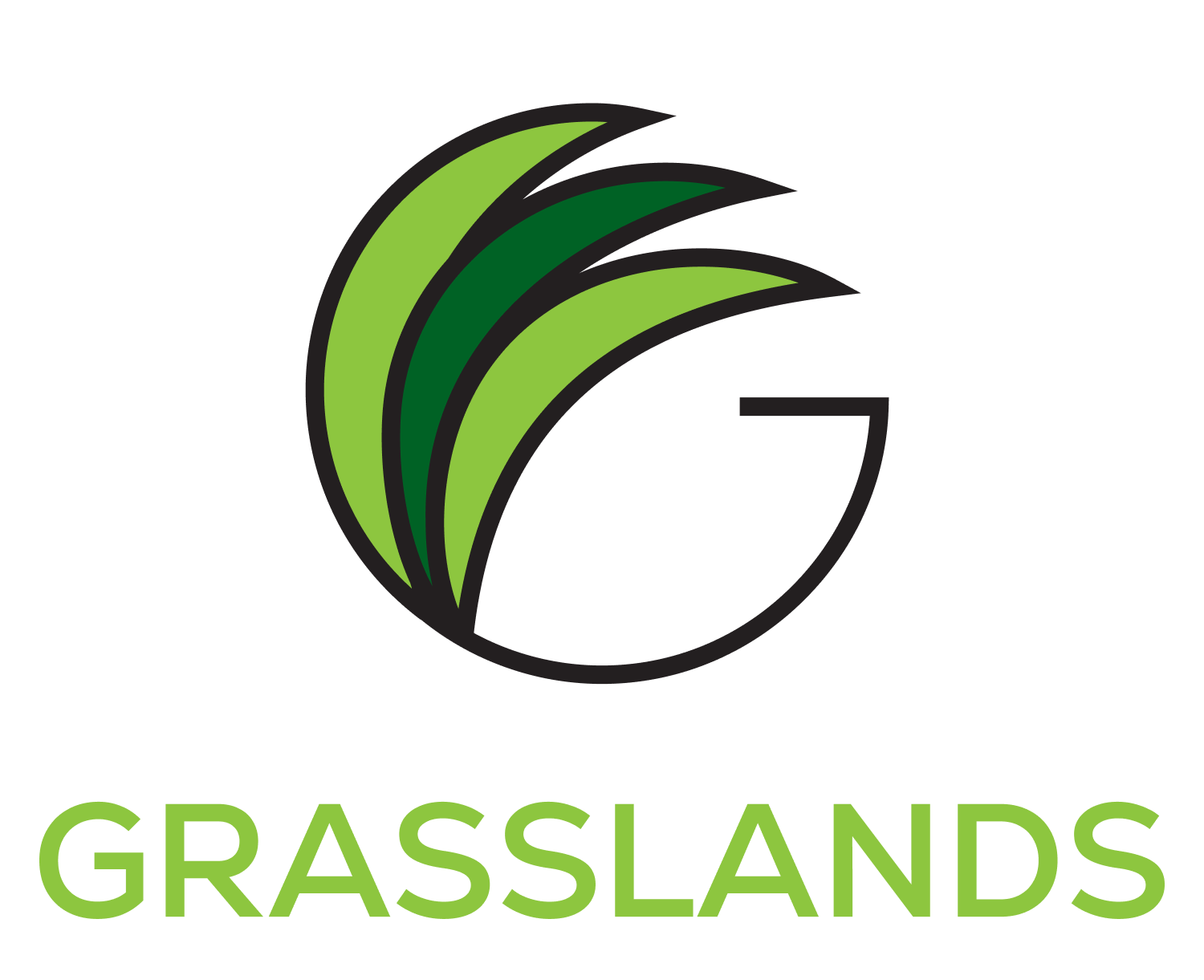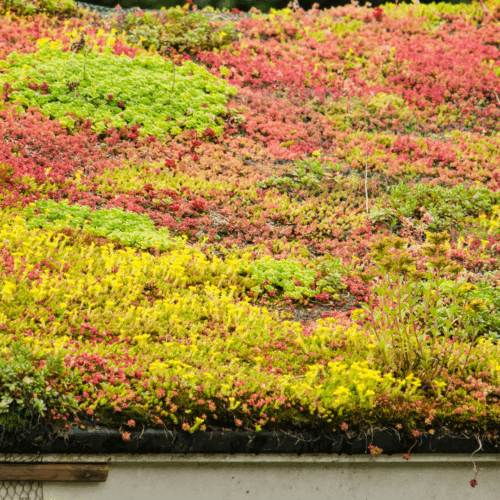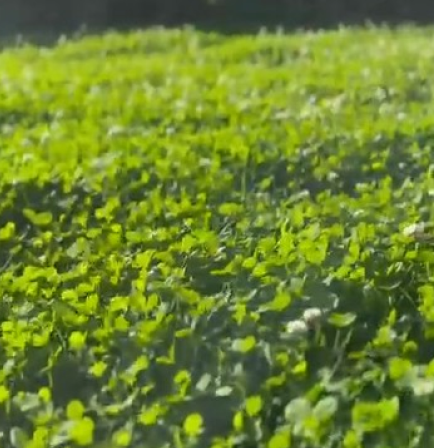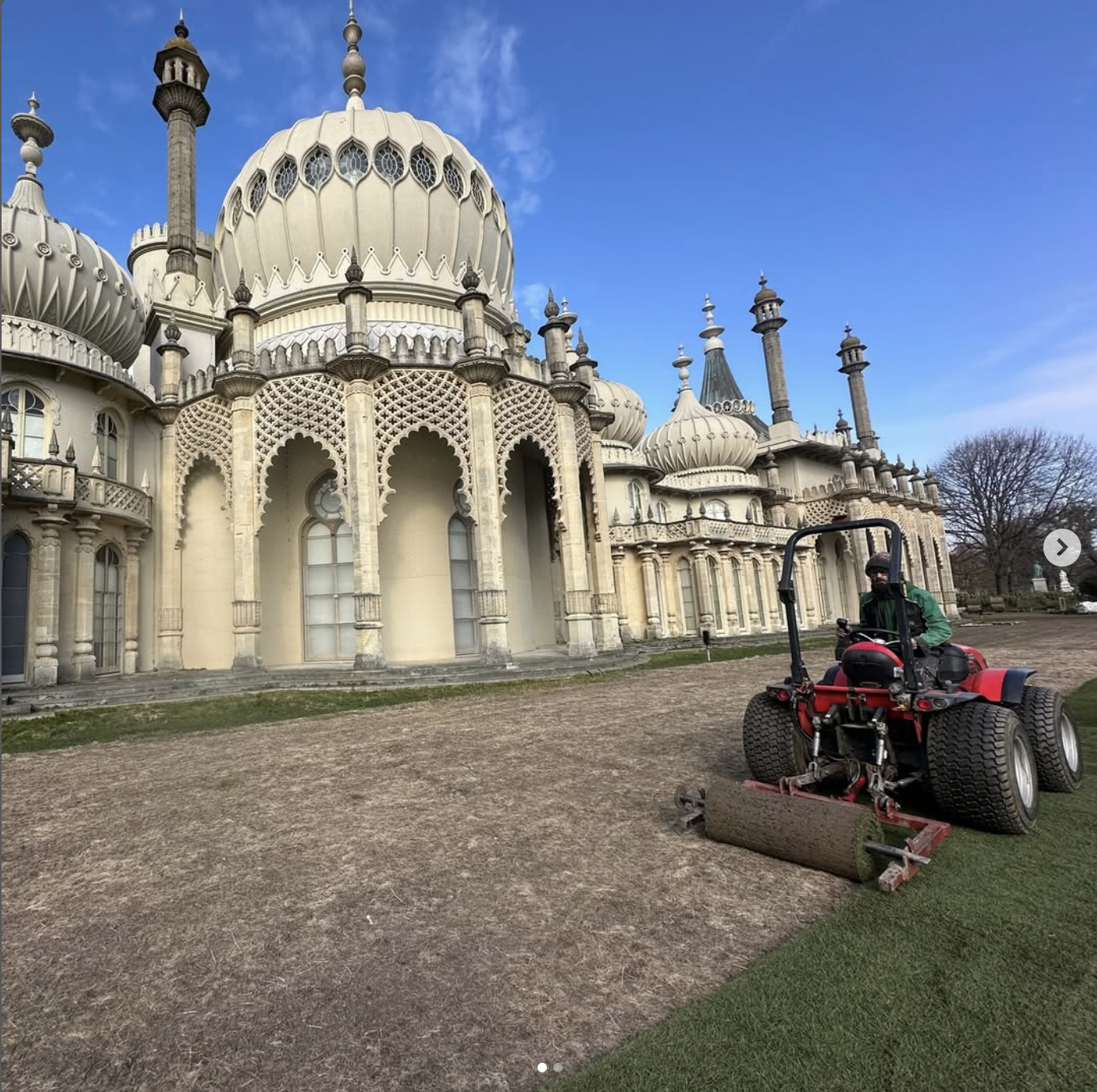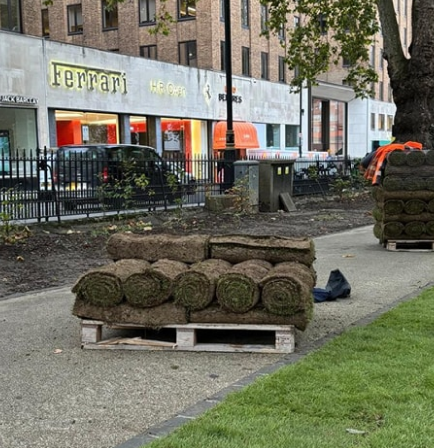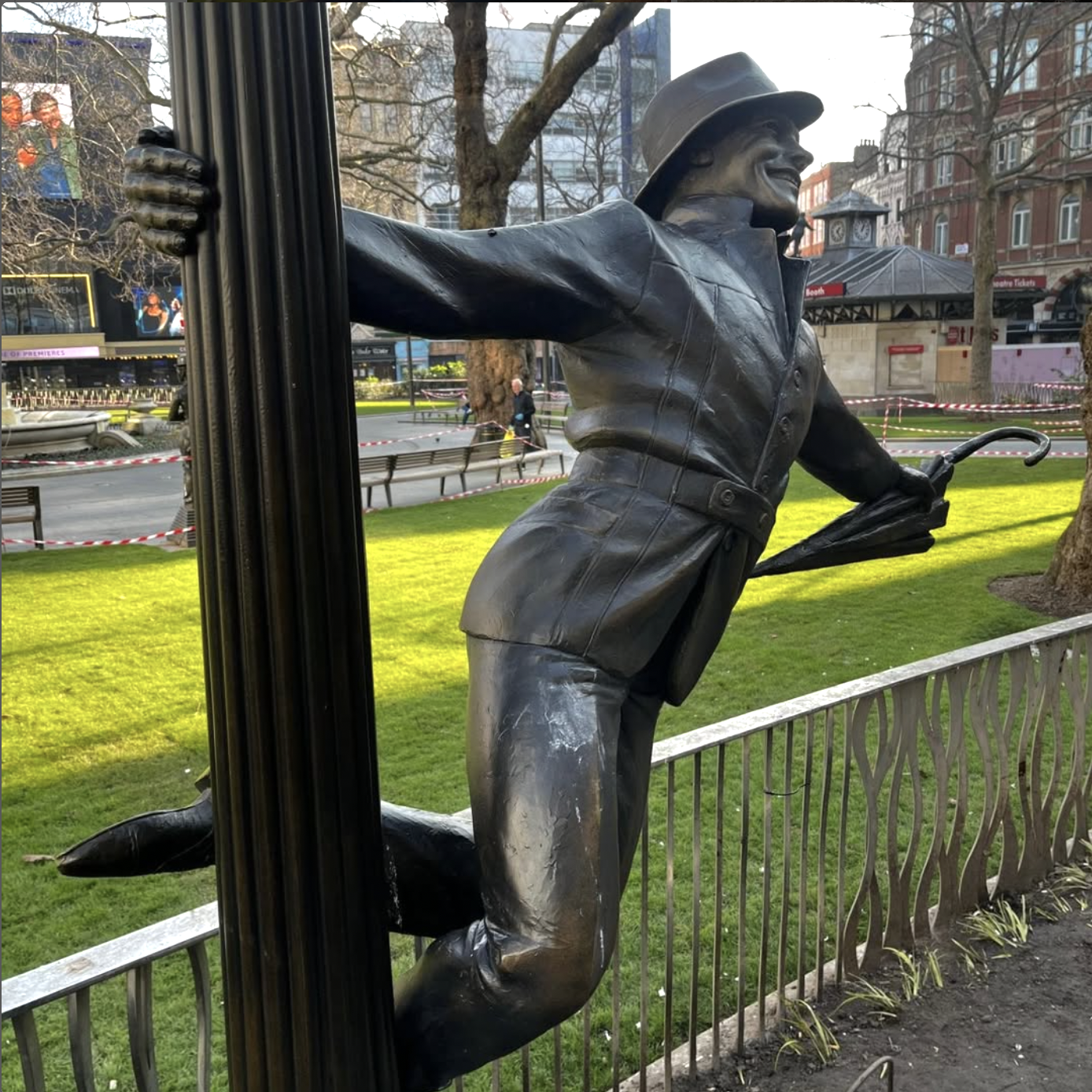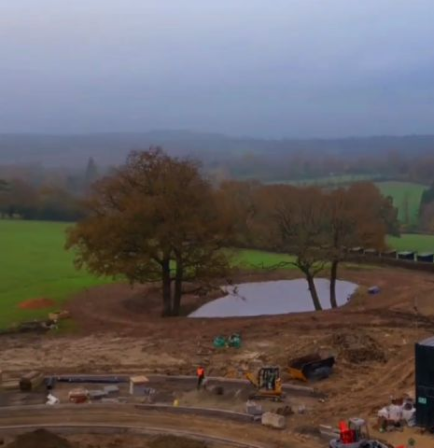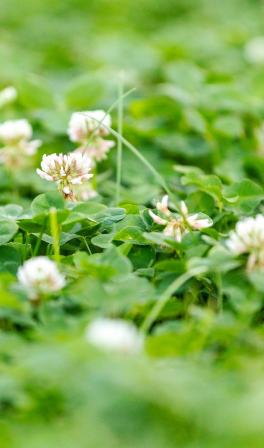Biodiversity Net Gain became mandatory in 2024. Most developers are ticking boxes with sedum roofs and amenity grass. They’re missing the point entirely.
The real opportunity isn’t meeting the 10% requirement – it’s creating the pollinator corridors our landscape desperately needs. And frankly, if you’re not thinking about this, you’re already behind.
The industry is waking up
We’re not the only ones saying this. Jason Williams, The Cloud Gardener, put it bluntly at the RHS Urban Show: “developers can do more than the mandatory 10%” and should think of “community, landscapes, and biodiversity first, rather than as an afterthought.”
He’s right. Walk around any new housing estate and you’ll see “vast amounts of lawn” – easy for developers, useless for wildlife.
Meanwhile, the RHS is calling for updated planning guidelines and a review of the BNG metric entirely. Professor Alistair Griffiths, RHS Director of Science, says we need “1.5 million new homes to translate to 1.5 new garden access opportunities.”
The message is clear: minimum compliance isn’t enough anymore.
Why current BNG falls short
The tick-box problem: Sedum roofs look green but support minimal wildlife. Standard amenity grass – which we grow plenty of – does the job for recreation but offers little for BNG. Off-site credits disconnect biodiversity from the communities that need it.
The connectivity crisis: Urban development has chopped our landscape into isolated patches. Butterfly Conservation declared a butterfly emergency in the UK after numbers hit record lows. Urban gardens could be “invaluable to pollinators” – RHS research proves it – but only when they’re connected.
Every development site should be a stepping stone. Instead, most are dead ends.
The species-rich solution
Here’s what actually works: native plant communities that support local wildlife, not generic greenness.
Our Species Rich Turf delivers an 80/20 grass/wildflower mix with 30+ native species. It’s not just about hitting your BNG numbers – it’s about creating year-round resources for the bees, butterflies, and hedgehogs that are running out of places to live.
Floral Lawn does the same job on a smaller scale. Buttercups, daisies, clover – simple plants that create wildlife corridors through urban areas.
Both deliver biodiversity from day one. No waiting for seeds. No hoping suppliers deliver. Just instant, measurable habitat that gets better over time.
Why smart developers care
Community value: Residents want meaningful green space, not maintenance lawns. Jason Williams gets this – he talks to communities first, asks what they actually want.
Future-proofing: With the RHS pushing for stricter requirements, early adopters win. You’ll have proven solutions while others scramble.
Differentiation: In a market where everyone claims to be “green,” creating real pollinator corridors sets you apart.
Multiple benefits: Climate adaptation, biodiversity, community wellbeing. One approach, several problems solved.
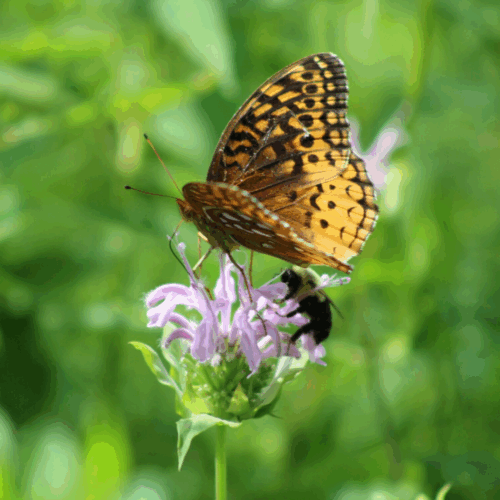
Getting it done
Start with site analysis. What green corridors already exist? How does your development fit into the wider landscape?
Talk to your community. What do they want from green spaces?
Work with ecologists who understand connectivity, not just compliance. Use edge zones and transition areas for maximum impact.
Test species-rich solutions on pilot areas first. Monitor what works. Build from there.
The bigger picture
Urban gardens are “a critical stronghold for the UK’s endangered hedgehog population.” Every connected habitat matters.
We’re facing a biodiversity crisis. BNG requirements are the starting point, not the destination. Real environmental leadership means thinking beyond compliance to community and connectivity.
The pollinator corridors and wildlife networks of tomorrow start with today’s development decisions. You can either be part of the problem or part of the solution.
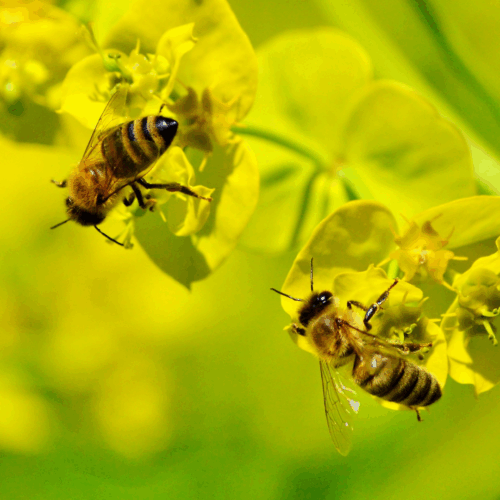
Time to choose
The industry is moving. The RHS, leading designers, and forward-thinking developers are building green corridors our urban wildlife desperately needs.
Species-rich plantings aren’t just products – they’re building blocks of landscape recovery. The choice is simple: minimum compliance or maximum impact.
We know which one we’d choose.
Want to explore species-rich solutions? Check out our Species Rich Turf and Floral Lawn options, or get in touch to discuss how your development can create real pollinator corridors.
Further reading:
